This lighting technique refers to that employed by Dutch old master Rembrandt Harmenszoon van Rijn. This is characterised by the presence of a triangle of light under the model’s eye, created by the 45° angled placement of lighting to the model. Here it is demonstrated in one of Rembrandt’s self-portraits;
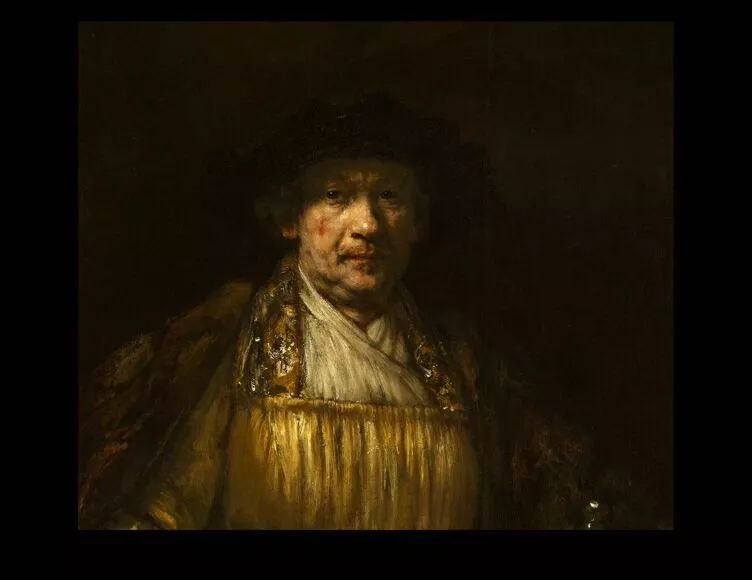
This technique became popularised in 20th Century Hollywood when creating promotional imagery of film stars;
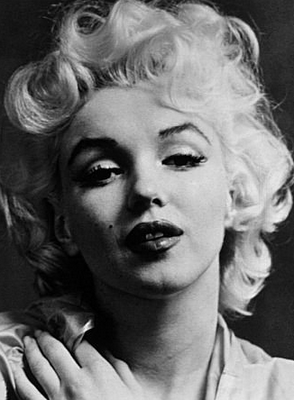
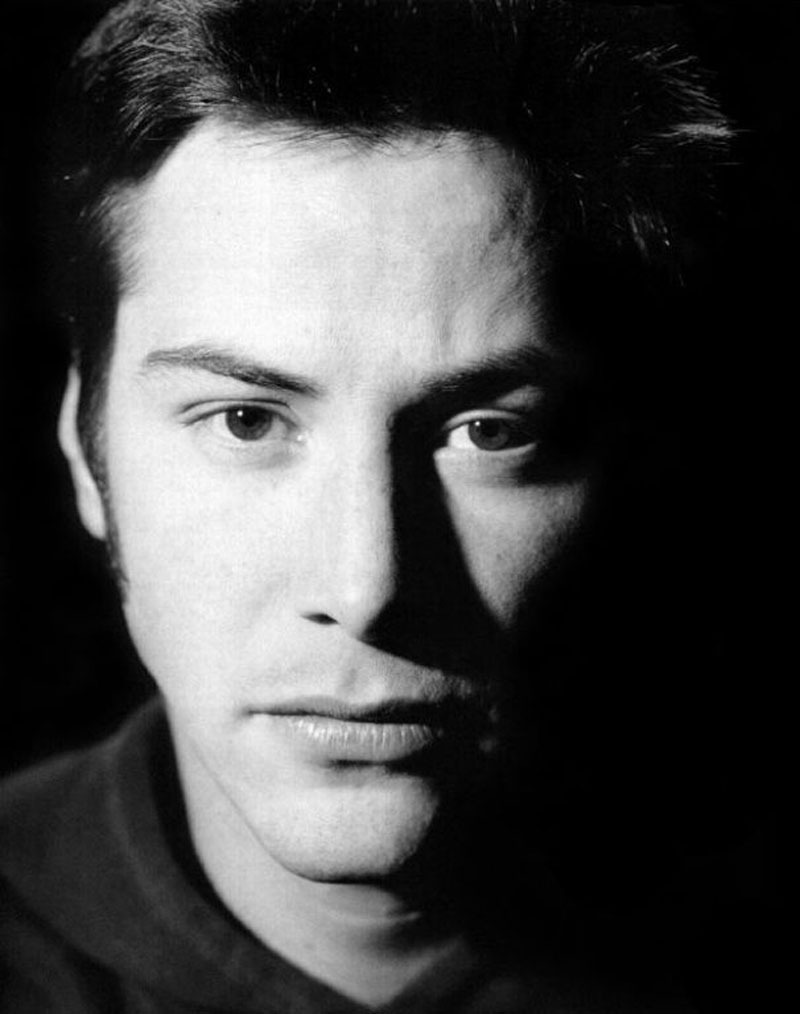
The use of Rembrandt lighting can add contrast, psychological depth and a sense of drama to what may otherwise be a rather straightforward image. It can also draw the viewer’s attention to the eye as a focal point.
To create this setup, it is possible to use either continuous or flash lighting as well as a soft or hard quality.

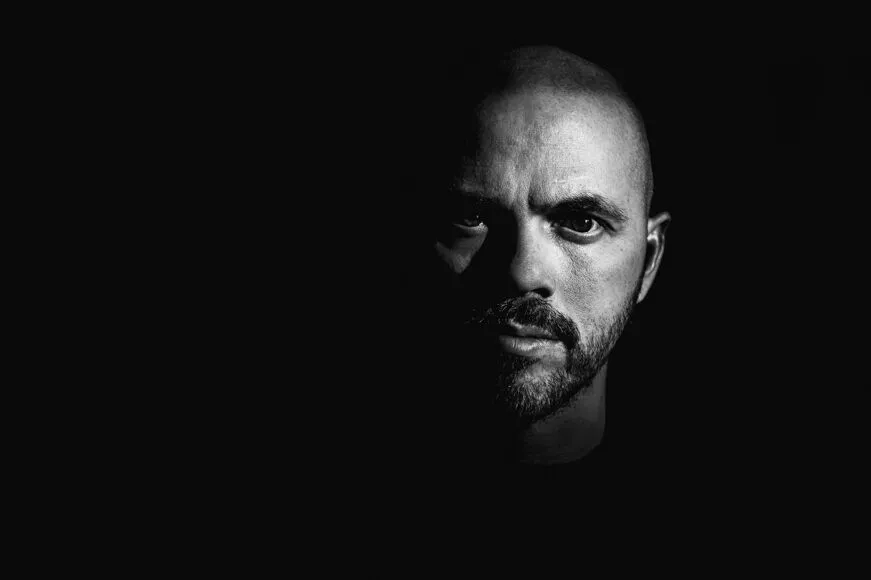
It is important, as the only feature of this technique, that the light remains at a 40-45° angle to the model.
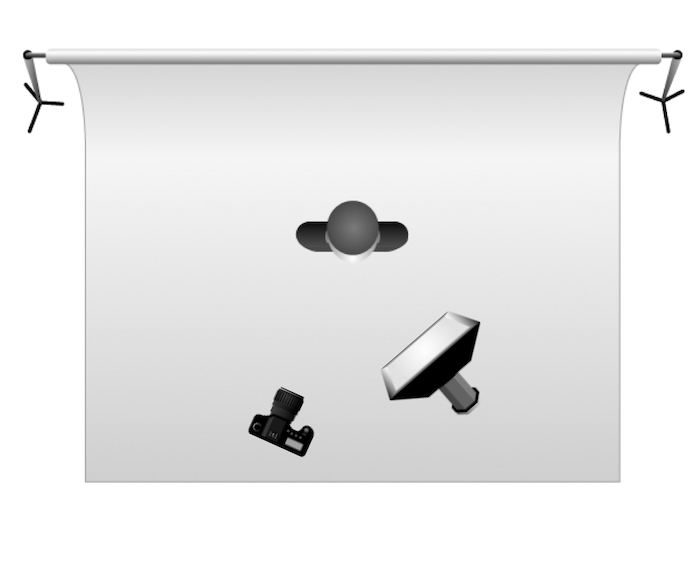
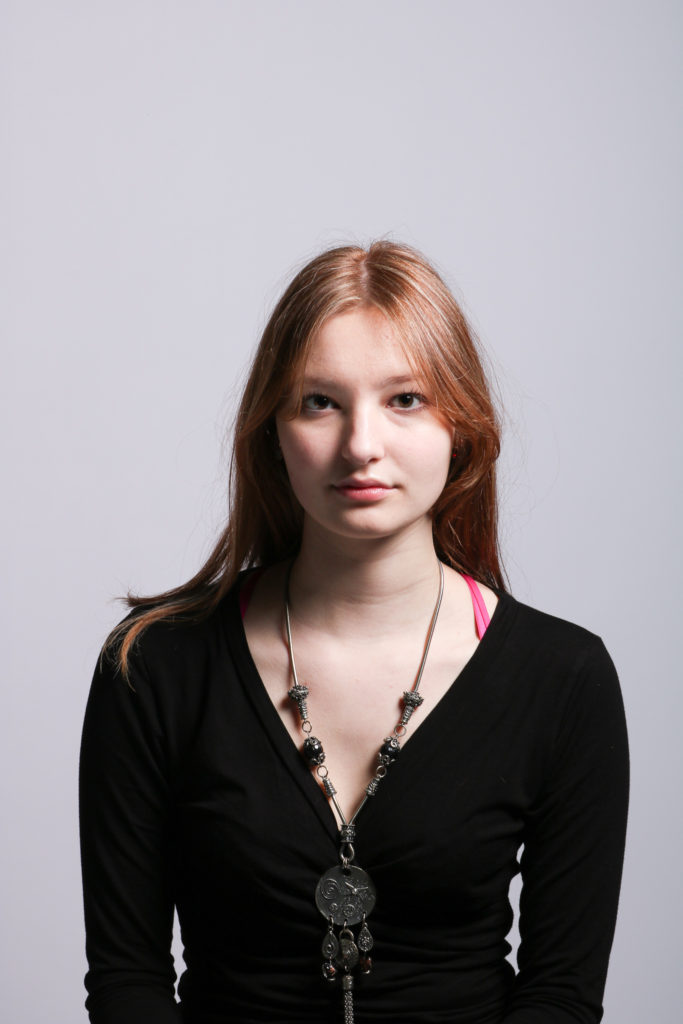
Above is an example of Rembrandt lighting in an image taken by me, again with soft lighting but clear in the triangular light under the left eye.
